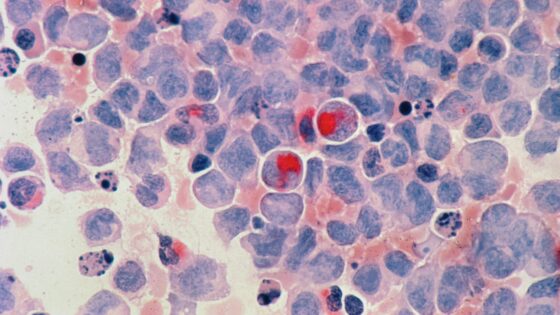Besides the thought of mold being disgusting, have you ever wondered why it becomes fuzzy?
Fuzz is an indication that mold is preparing to reproduce. The fuzz is composed of little spores that are just waiting to be whisked away to another environment.
When you notice mold on certain foods, you are witnessing something fascinating in science. You are seeing firsthand the moment that the mold is preparing to send genetic copies of itself out into the great big world. From there, they hope to make a home digesting on something nutritious so that they can create offspring of their own.
The spores that are created can be compared to seeds. The only major difference is that seeds carry food reserves that seeds rely on while germinating. Spores just need to have favorable conditions to advance to their next stage. The mold needs to be fuzzy so that it can be picked up and moved by the wind, not unlike a dandelion.
The good thing about mold is that it is not dangerous. Not all of it, anyway. Scientists today are beginning to appreciate the ecological importance of mold and fungi in today’s society. People, however, associate mold and fungi with problems. There have been many cases of diseases and allergic reactions to both mold and fungi.
But mold can actually help people; they are decomposers that are essential in food preparation. The next time you drink beer or wine, know that mold was instrumental in its development. Fungi is also important in converting seeds and fruit pulp into coffee beans.
Mold typically isn’t the problem in foods. Mold is an indicator that something else could be wrong and that the food has been stagnant for too long. Other possible bacteria and viruses could be lurking behind the mold. So, in the end, if you see mold, it’s time to move on from that food.
































